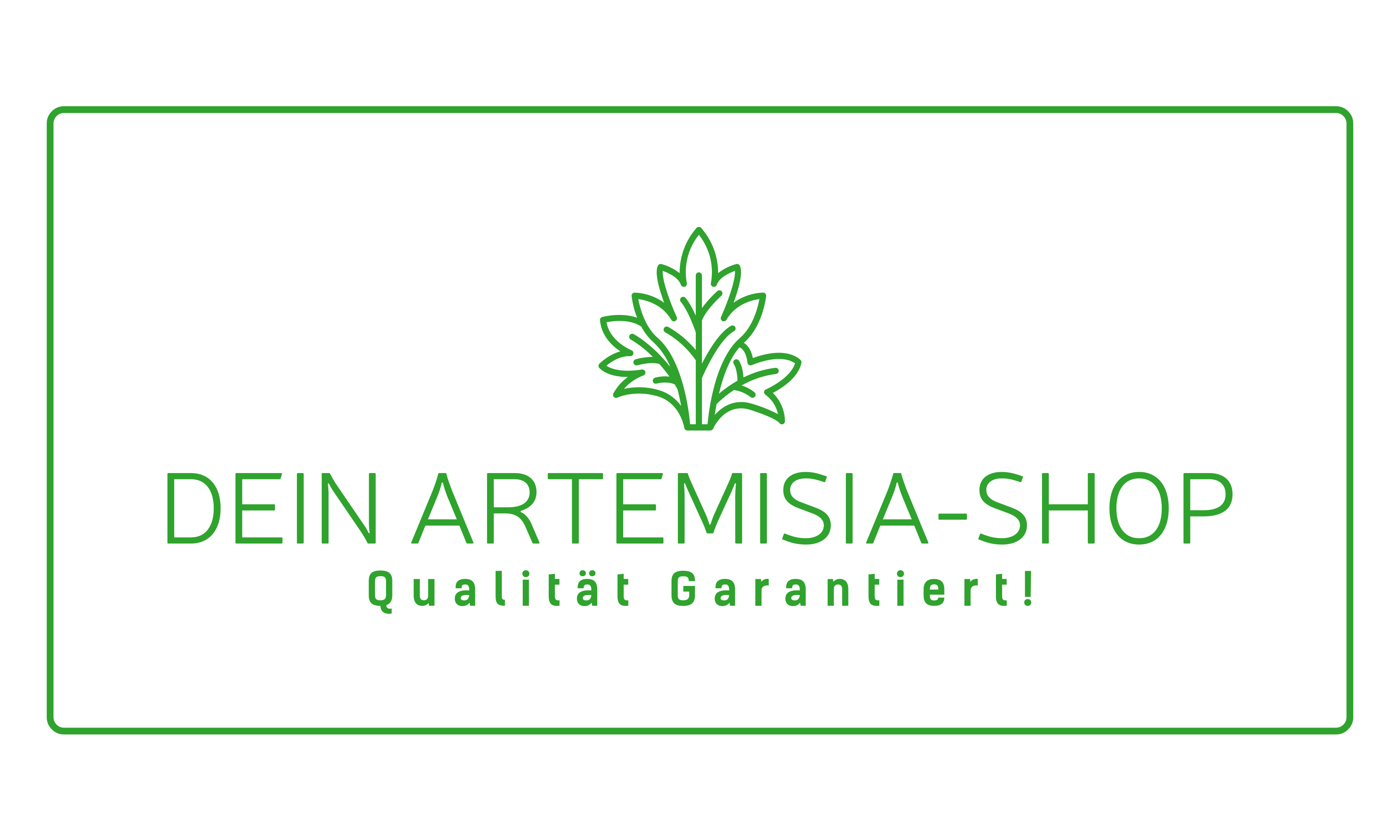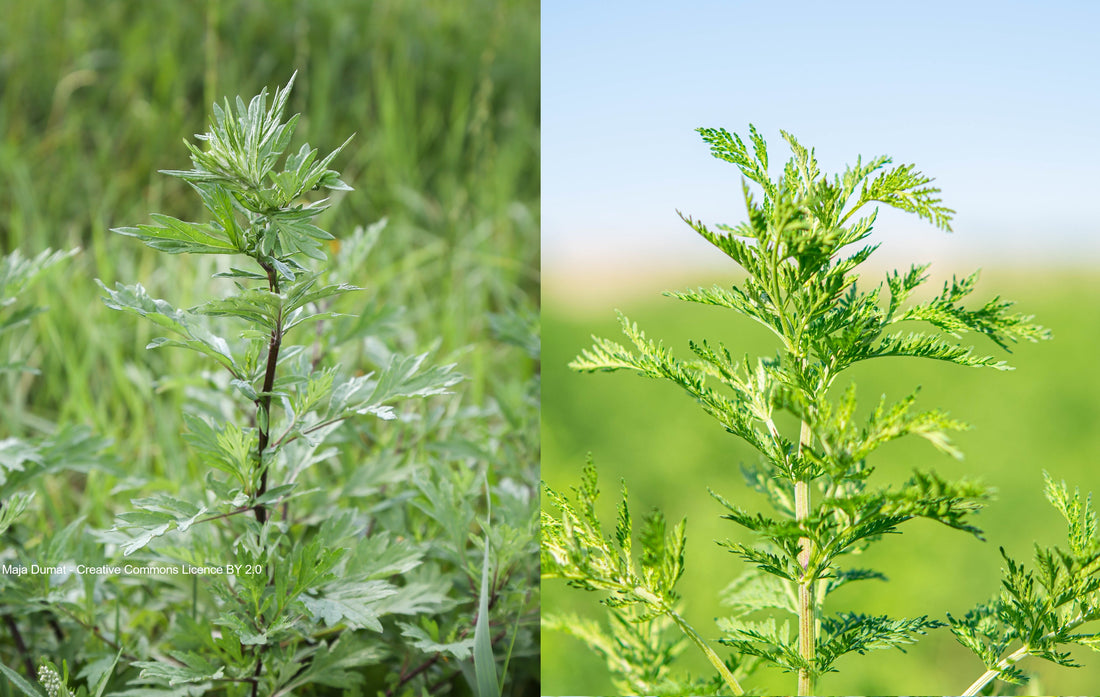There are around 500 species of Artemisia. No wonder that with this diversity of species there is a high risk of confusion. That's why we're clearing things up.
The best-known mugwort in Germany is probably the common mugwort Artemisia vulgaris. At least it should be. It grows wild in Germany on many roadsides and forest edges, scree areas or often in the garden at home.

The perennial or common mugwort is thus related to the annual mugwort (Artemisia annua). However, the plants differ in appearance, effect and possible uses.
In the following, we will therefore take a brief look at the difference between common mugwort and annual mugwort.
The main difference between common mugwort (Artemisia vulgaris) and annual mugwort (Artemisia annua) is the flower and the larger leaves. While the perennial mugwort has rather dark leaves and inconspicuous flowers, the annual mugwort has juicy green leaves about 3 to 5 cm long and rarely flowers.

Artemisia vulgaris is considered a perennial, tough and widespread mother plant. Therefore, it grows in Germany as well as in many other European countries. Here, too, our two main protagonists differ. For the annual mugwort is originally an Asian medicinal plant that is rarely found wild here. It originated in summer-warm rainy regions such as China, northern India, Vietnam and south-eastern Europe, where it is still found in large numbers.
Artemisia annua is mainly known for its high artemisinin content, which is 10-20 times higher than in the wild form Artemisia vulgaris. This active ingredient has so far only been found in this herb. In total, the plant contains over 245 active substances, including menthol, flavonoids, thymol, coumarin, minerals, zinc and some essential oils. The annual mugwort can therefore be used in many ways.
The common perennial mugwort, however, is mainly used in cooking, where it is an important herb that makes fatty dishes more easily digestible.
Externally, both Artemisia species have other innumerable doppelgangers. Examples are the perennial ambrosia (Ambrosia coronopifolia), wormwood (Artemisia absinthium) and white goosefoot (Chenopodium album).
You want to buy our home-grown organic Artemisia annua now?
Then secure it now and click on the "Products" button in the top bar!
We wish you all the best.
Your Artemisia Shop Team

